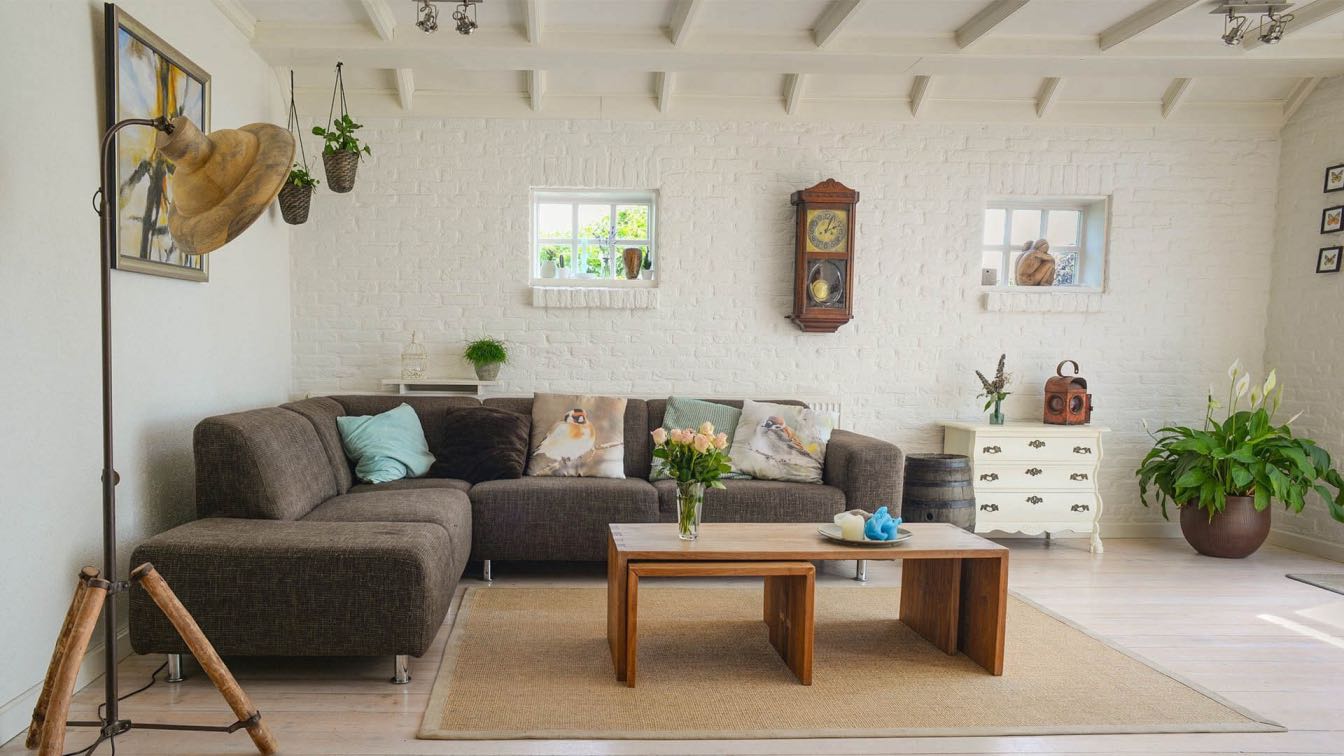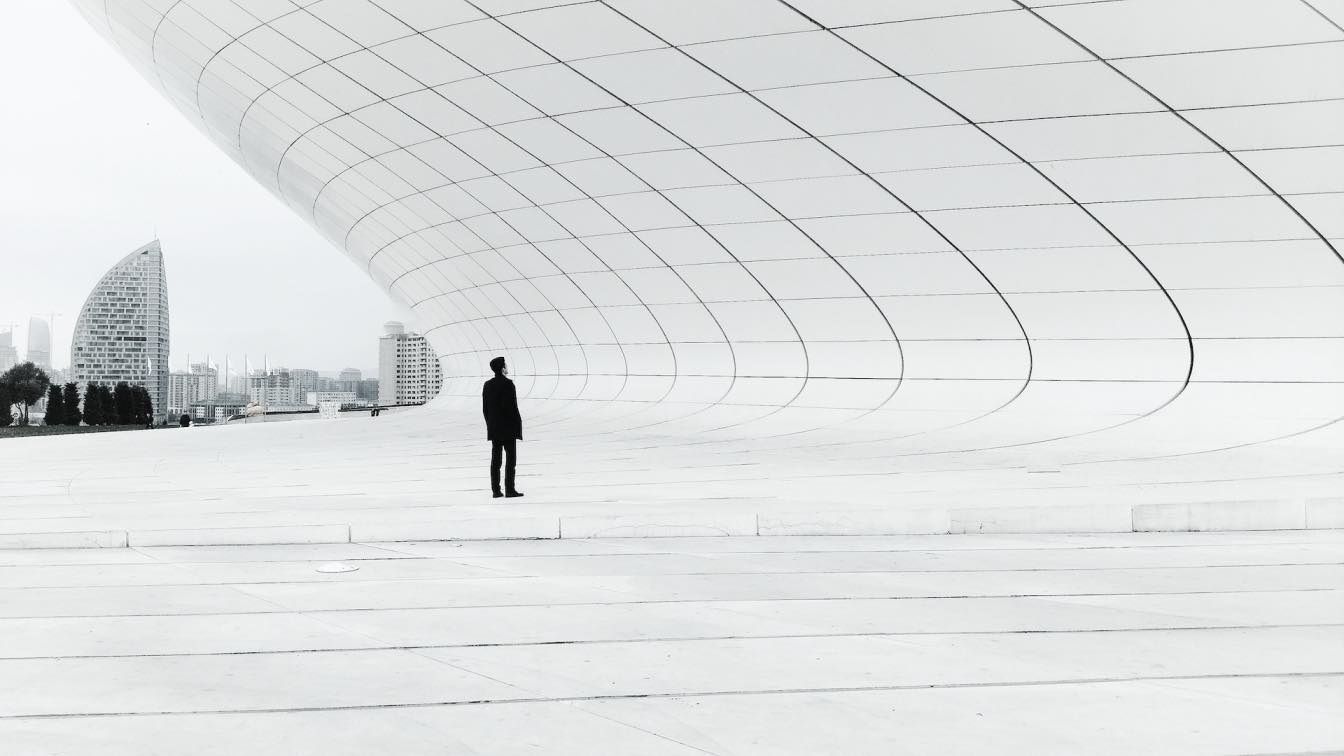Product offerings aside, the retail world is just as psychological as product offerings. Every corner of a store, every shelf, and every light fixture is designed with a purpose: to help boost the customer experience, get your users engaged, and ultimately drive sales. Architecture and layout in the form of retail design is a powerful tool that molds customers’ subconscious and, subsequently, their thinking, behavior, and emotions in a store. Whether they know it or not, customers are ultimately affected by everything from the store layout, color scheme, lighting, and music. In this article, we look at the psychology behind retail design and present seven key strategies that will help you optimize your commercial space to increase consumer engagement and sales.
Creating a Welcoming Entrance
The impression of any retail space is essential. The threshold is your entrance, and like any threshold, it’s the point of your potential customers’ decision to explore or keep walking. If you design a polite and beautiful entrance, it will motivate people to enter. What’s interesting here, psychology-wise, is that it is going easy on the customers, setting the tone just right to get them into the shopping experience. Wide entrances, lots of transparency through glass, and clear signage create openness and a sense of accessibility in the hands of many successful retailers. If consumers are invited to enter your store, they're more open to joining and browsing.
Guiding Customer Flow with Layouts
How customers move within a space is directly impacted by store layout. Strategic layouts such as the grid, free flow, or loop layout are ways store designers influence how customers move through a store. Each layout style has a different psychological effect: While grid layouts are structured and will encourage efficient shopping, free-flow layouts are more open, with the atmosphere more relaxed, encouraging leisurely browsing. A well-planned layout will guide foot traffic and maximize product exposure by leading the customers on a journey throughout the store, creating more occasions to sell to customers.
Commercial fit-outs to Optimise and Increase Space Utilization
Original commercial fitouts are crucial when making space so you can maximize space and get the best out of the shopping experience. Designed carefully, commercial fit-outs allow retailers to mold every part of the space, from shelving units and counter display stands to seat areas, into the same footprint to suit their needs. Fitouts optimize each square foot to function and aesthetically appeal while simultaneously providing space where customers can browse comfortably and effortlessly locate the product they are searching for. Good-looking bbringsapaffect the look of the shop, and the look of the shop also positively impacts customer satisfaction, reducing human error, such as mistakenly picking the wrong product.
Color Psychology: Your Shades for Your Mood.
Knowing and understanding the role color plays in retail design is a foundation that dictates the environment's atmosphere and the customer's sentiments. Different colors evoke feelings: Calming and trusting the blue, excitement, and quickening heart rates with the red. Warm colors can send a sense of urgency in a retail situation, while more soothing tones can relax and cause customers to have an urge to stay. Keeping customers in-store longer and resulting in higher sales is what picking colors that reflect the brand and target audience will do.
Setting the Tone and Highlighted Products With Lighting
Lighting is critical, and it is often overlooked in retail design. Lampas not only illuminates products but also sets the feeling of the store. Bright, focused lights focus on the product and draw eyeballs to areas, but soft, ambient lighting creates a pleasant environment. Retailers can use accents to light certain essential products and direct attention strategically. Lighting can improve the store's appeal and make shopping more enjoyable by creating a visually appealing atmosphere.
Elements of Sensory Experience Aimed at Providing the Highest Customer Experience
Beyond visual design, the sensory elements of music, scent, texture, etc., will help influence consumer behavior. Upbeat music can speed people up, while slower tempos can encourage a browsing mindset. Another powerful tool is scent branding. Studies have proven that pleasant scents can increase dwell time and improve customer satisfaction. Retailers can also include tactile things like textured flooring and comfortable seating to ease customers and make the store feel unique. These sensory cues contribute layers to this shopping experience, making it memorable and engaging.
What is Calibrate?
Signage to help customers shop as they can easily navigate the store comfortably. A clear, accessible wayfinding not only improves the store's flow but also makes for happier customers who can find what they are looking for quickly. Signage should be functionally relevant — i.e., where the product is stocked or functional for shoppers — and easy to read and understand, with solid and visual means being the most effective. This customer-focused focus contributes to the seamless overall experience and eventually positively impacts the creation of a good impression that will lead to return visits. Clear directions and a well-organized store maintain customer confidence and consequently affect buying behavior.
Conclusion
Retail design lies not just in its aesthetics but in its ability to influence behavior subtly; it is part of architecture, psychology, and branding. Retailers can learn to craft an experience with customers on a subconscious level by understanding and applying principles from creating welcoming entrances, optimizing layouts using commercial fit-outs, and incorporating sensory elements. From color and lighting to product placement and wayfinding, every design choice creates a space that helps consumers perceive and interact in a specific way. When all of these elements work together, they help create a cohesive and memorable shopping experience that encourages engagement, satisfaction, and loyalty.







